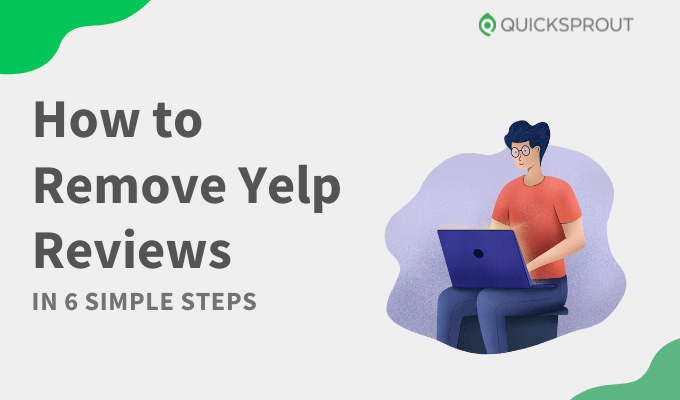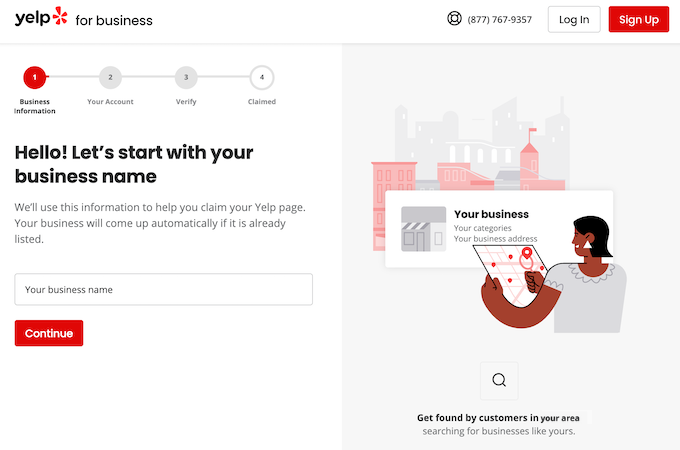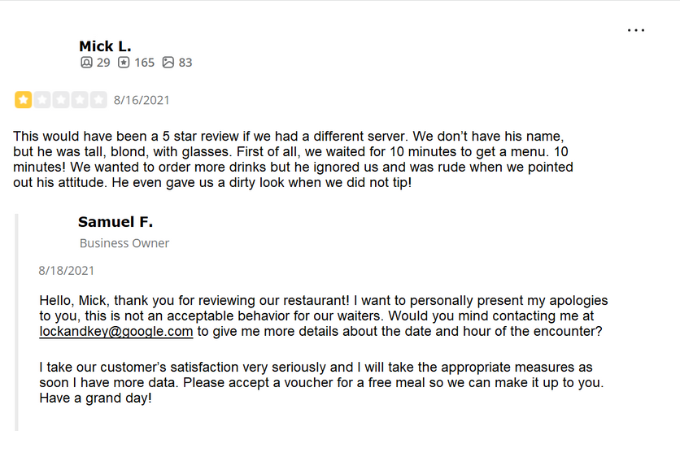As a business owner, online reviews directly shape how customers perceive your brand. Because so many buyers rely on peer feedback before choosing where to spend money, a single negative post—especially on a high-visibility platform like Yelp—can dent trust, reduce conversions, and linger for years if it isn’t handled well.
While you can’t log into your business account and simply delete criticism, Yelp does remove reviews that break its rules. Knowing what qualifies—and how to document it—gives you a real chance at getting unfair, fake, or policy-violating reviews taken down.
If your business has received Yelp reviews you believe are inaccurate, deceptive, or in violation of community guidelines, use this step-by-step playbook to challenge them professionally and protect your online reputation.

Pro Tip: The removal process can be meticulous and slow. If you’d rather delegate the heavy lifting, consider hiring specialists. Here are some of the top online reputation management companies that focus on social review clean-up and ratings protection.
- Reputation Defense Network — Best for permanently removing false content through documented policy violations and legal-grade evidence packages
- Rhino Reviews — Best for fully managed support, from review monitoring and reporting to owner response coaching
- Erase.com— Best for ultra-responsive customer service and hands-on strategy across Yelp, Google, and niche platforms
How To Remove Yelp Reviews in 6 Easy Steps
Work through these six steps to challenge and, when warranted, remove a Yelp review without damaging your brand voice:
- Claim your Yelp business profile
- Understand the grounds for removal
- Submit a removal request to Yelp
- Politely respond to the reviewer
- Know when to hire an online reputation management company
- Prevent future negative reviews
Step 1: Claim Your Yelp Business Profile
If you haven’t already, claim your free Yelp business profile. (Already claimed? Jump to Step 2.) Owning the profile unlocks owner tools, including reporting reviews, messaging customers, and posting official responses.
Start by visiting the Yelp for Business website.

Follow these steps to claim your Yelp business profile:
- Enter your business name. If it appears, select it; if not, click Add to Yelp for free to create a new listing.
- Provide accurate business details and an owner email to create your account and access the dashboard.
- Complete verification. Yelp will send a code by email or call the number on your listing; enter that code to confirm ownership.
Once you’re logged into the owner dashboard, continue to Step 2.
Step 2: Understand the Grounds for Removal
The strongest path to removal is demonstrating that a review is questionable because it breaks Yelp’s rules—not simply because it’s negative or harsh.
To build your case, map the review to a specific guideline violation and attach proof (timestamps, receipts, security footage, staff schedules, policy screenshots):
Review violates Yelp’s content guidelines. Yelp prohibits inappropriate, irrelevant, promotional, or privacy-violating content. Common removal grounds include:
- False information (claims that contradict records or evidence)
- Affiliation with the business (reviews by owners, employees, or close associates)
- Posted by a competitor or ex-employee (conflicts of interest intended to harm)
- Contains threats, lewdness, or hate speech (harassment or discriminatory remarks)
- Does not describe a personal consumer experience (hearsay, second-hand reports, or general commentary)
- Violates privacy rules (posting private names, contact info, or doxxing). See Yelp’s Content Guidelines and privacy choices.
- Contains promotional material (ads, links, or requests to buy unrelated products)
- Is for the wrong business (misdirected experience at a different location)
- Represents an extraordinary circumstance (content tied to news events or disputes unrelated to a typical consumer experience)
- AI-generated or scripted reviews (Yelp requires reviews be written by the reviewers themselves, not by AI).
Evaluate the review line-by-line and note precisely which rule it violates and why.
Review is fake. Yelp aggressively filters spam patterns: duplicate accounts, coordinated posts, and reviews from the same IP or obvious impersonation. Conflicts of interest—like an owner reviewing their own business—also qualify for removal.
Review is “not recommended.” Yelp’s recommendation software may downrank reviews with low reliability signals. “Not recommended” reviews are hidden behind a link, don’t appear in the main feed, and don’t affect your star rating—so you may not need removal if it’s already filtered.
Step 3: Submit a Removal Request to Yelp
After confirming a policy violation, file a detailed report from your owner dashboard. Precision matters: clearly connect each part of the review to Yelp’s rules and include evidence.
Here’s how to submit your removal request:
- Find the review. Go to Reviews in your dashboard and locate the specific post you want Yelp to evaluate.
- Report the review. Click the three dots (More options) next to it and choose Report review to open the reporting form. (You can also flag it directly from the public business page.)
- State grounds for removal. Select the most accurate reason, then add a concise narrative and supporting documents (screenshots, order numbers, policy excerpts). Focus on facts and guideline language, not opinions.
Yelp’s moderators will review your submission and decide whether to remove or uphold the review. Turnaround varies; if you haven’t received an update after several business days, submit a polite follow-up to confirm it’s under review.
Important: Yelp will not remove a review solely because it’s negative, or in exchange for advertising. Keep your request strictly policy-based.
Step 4: Politely Respond to the Reviewer
If Yelp declines removal, post a calm, constructive response. The aim is to de-escalate, correct any misunderstandings, and invite the customer to continue the conversation privately—often leading to an updated or withdrawn review.
- Be prompt. Reply within 24–72 hours to show you’re attentive. Avoid defensive or argumentative language.
- Be personable. Use the reviewer’s name, acknowledge their experience, and apologize for the frustration—even if you disagree with the specifics.
- Offer a solution. Propose a clear next step (replacement, refund review, manager follow-up) and provide a direct contact method to resolve it offline.
Here’s a great example of a restaurant owner responding to a dissatisfied customer:

Remember: your reply is public. Write for the next potential customer as much as for the original reviewer—measured, empathetic, and focused on making things right.
Step 5: Know When to Hire an Online Reputation Management Company
If you’re facing coordinated attacks, repeated policy violations, or limited time to manage escalations, bringing in an online reputation management firm can save effort and reduce risk.
These companies can audit your review footprint, document violations, file reports on your behalf, and craft on-brand owner responses. If you want expert help, review the best online reputation management services for vetted options.
Step 6: Prevent Future Negative Reviews
Removing harmful content is only half the battle. A steady flow of genuine, positive feedback—and strong service recovery—prevents isolated issues from defining your reputation.
Use these proactive tactics to strengthen your ratings and reduce future problems:
- Audit your product or service experience end-to-end and fix repeat pain points that trigger complaints.
- Upgrade service playbooks so frontline staff can resolve issues before they spill onto public review sites.
- Invite satisfied customers to share honest feedback on Yelp and other platforms—never incentivize reviews, avoid review gating, and don’t ask for Yelp reviews (Yelp explicitly forbids solicitation).
- Consider a reputation management partner to monitor new posts, flag violations quickly, and maintain a consistent, brand-safe response tone.
Final Thoughts on Removing Yelp Reviews
Successful Yelp review removal comes down to policy, proof, and professionalism. If a review violates Yelp’s rules, file a targeted report with evidence. If it doesn’t qualify for removal, respond thoughtfully and offer to resolve the issue offline—many customers will update or delete their post once they feel heard. And when bandwidth or complexity becomes a hurdle, lean on reputable specialists to safeguard your brand’s online reputation.
